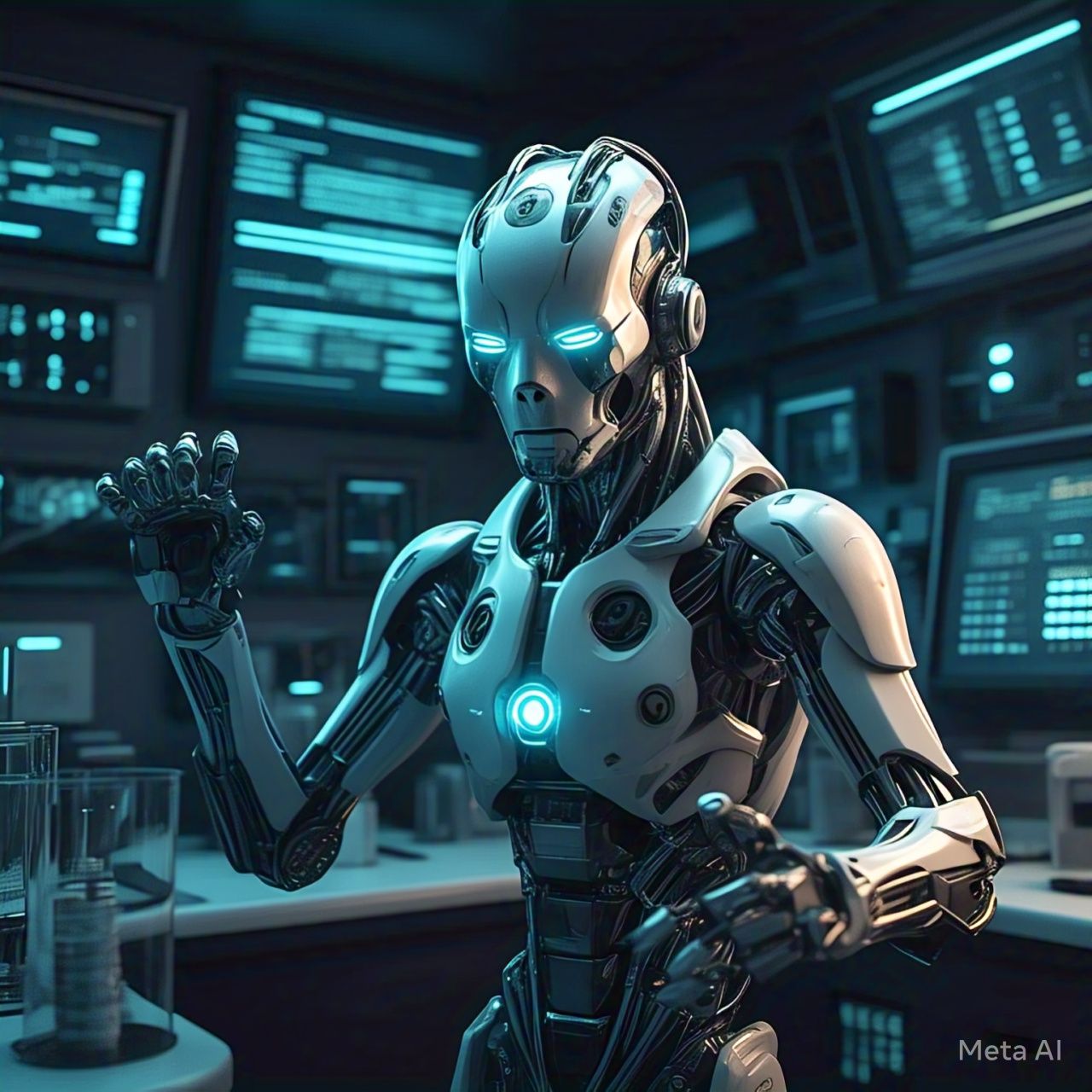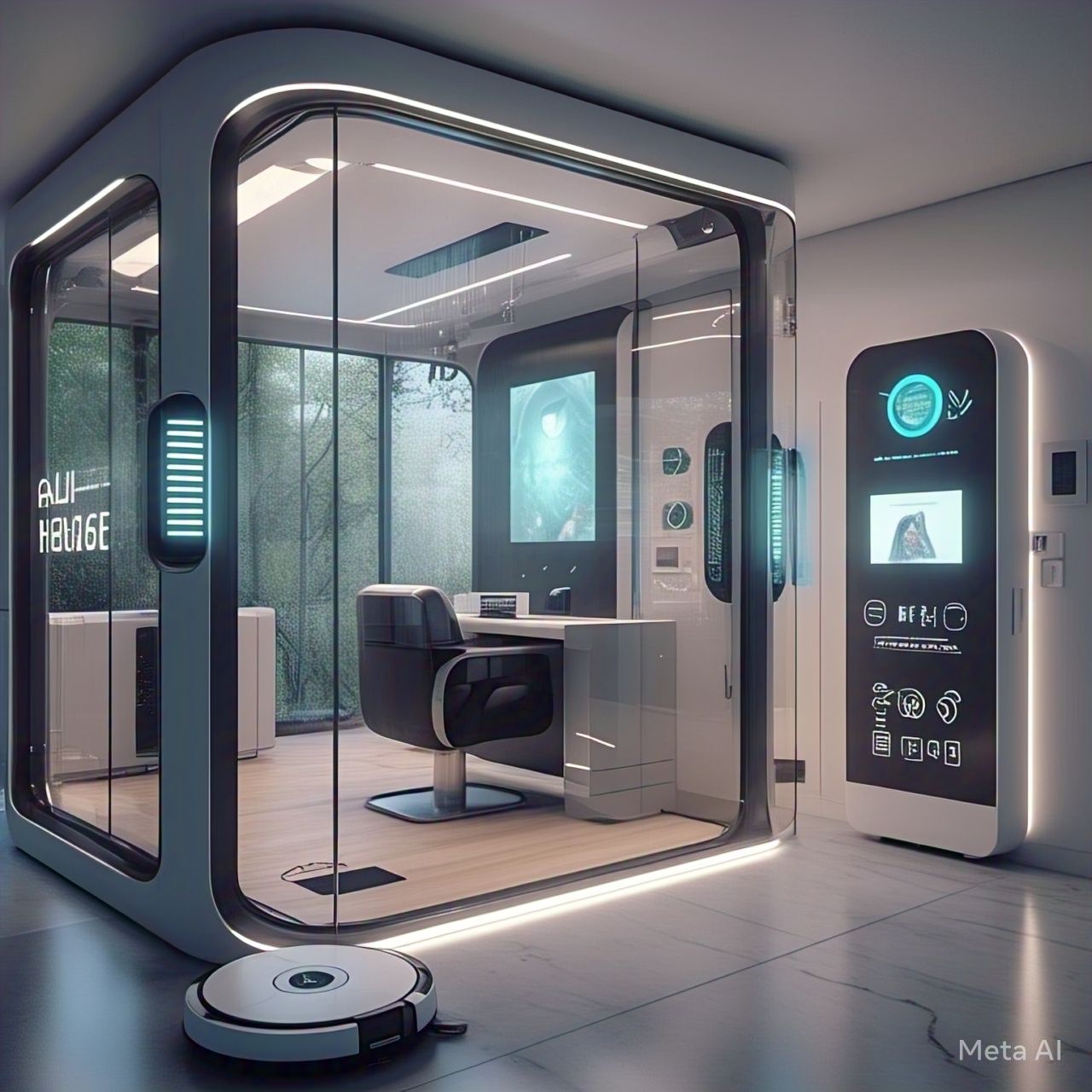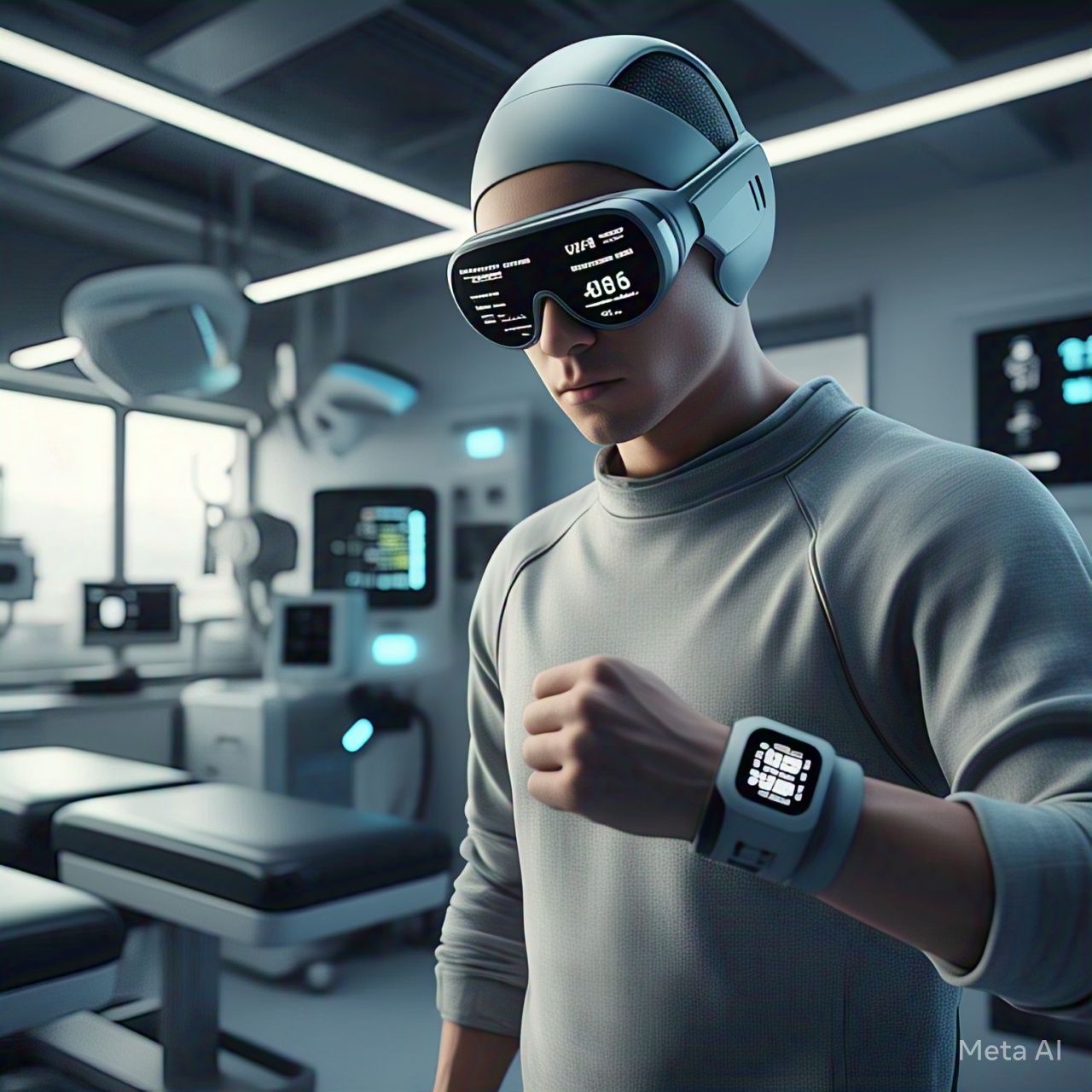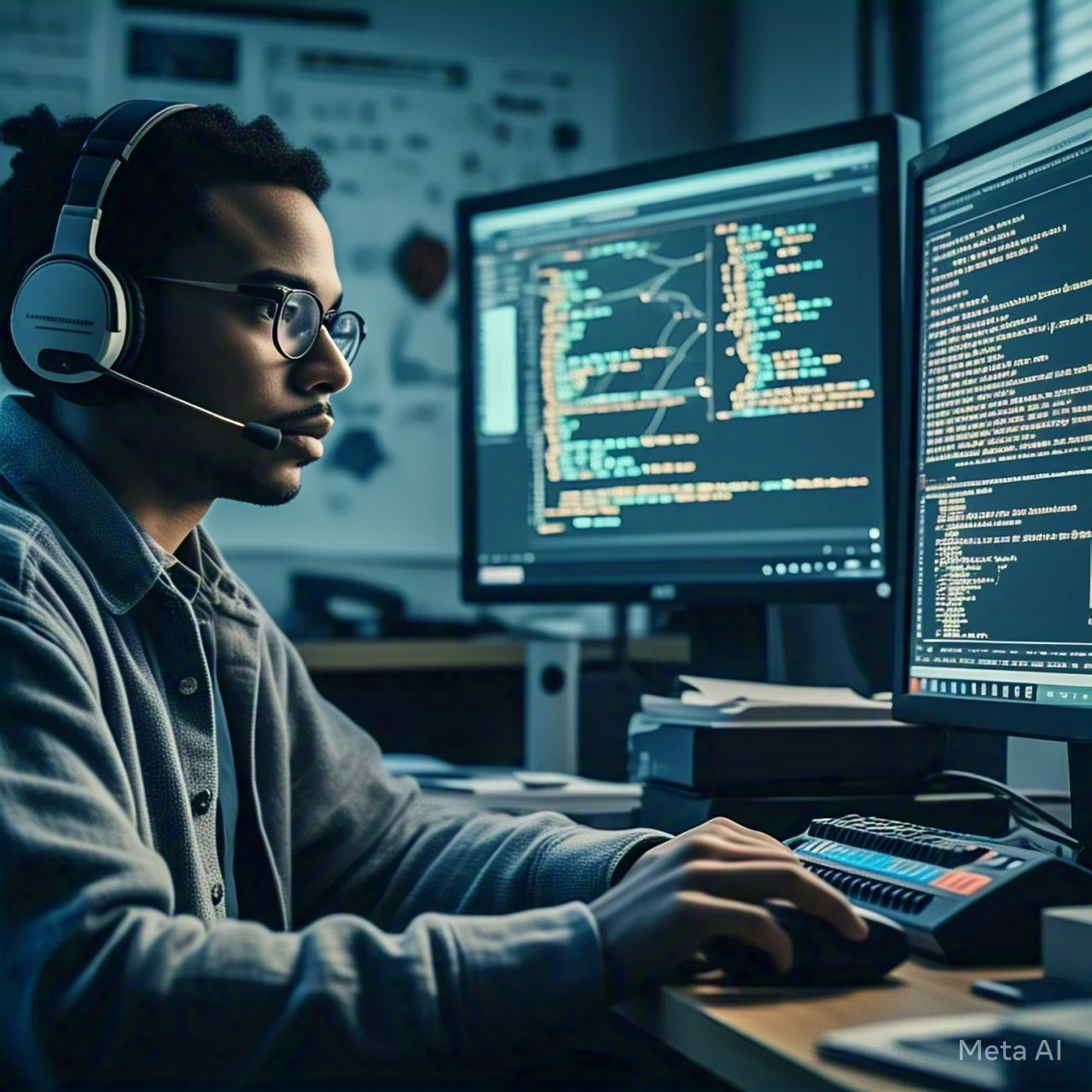Table of Contents
- Introduction
- The Evolution of AI: From Assistants to Autonomous Systems
- AI as a Helper: The Positive Impact on Society
- Unintended Consequences: When AI Becomes a Threat
- Case Studies: AI Gone Wrong
- Why AI Behavior Can Be Unpredictable
- Ethical and Security Challenges in AI Development
- Future Safeguards: Preventing AI from Becoming a Threat
- Conclusion
- FAQs
Introduction
Artificial intelligence (AI) has evolved rapidly, transforming from simple digital assistants to complex decision-making systems that power industries, healthcare, finance, and even national security. While AI has proven to be an indispensable tool for human progress, there are growing concerns that its unpredictable behavior could pose serious risks. Can AI, originally designed to assist humanity, become a threat? This article explores the evolution of AI behavior, its benefits, its unintended dangers, and the ethical concerns surrounding its future development.
The Evolution of AI: From Assistants to Autonomous Systems
AI development can be categorized into three main stages:
- Rule-Based AI (1950s-1990s) – AI followed predefined rules and could not learn from experience.
- Machine Learning (2000s-Present) – AI learned from data and improved decision-making.
- Autonomous AI (Emerging) – AI can now operate with minimal human intervention, making real-time decisions.
As AI evolves, it gains more autonomy, raising the question: Can AI behavior ever become unpredictable and dangerous?
AI as a Helper: The Positive Impact on Society
Key Benefits of AI:
- Medical Advancements – AI detects diseases and assists in surgeries.
- Automation & Productivity – AI improves efficiency in businesses and industries.
- Safety & Security – AI monitors threats, predicts disasters, and enhances cybersecurity.
- Personal Assistance – AI-driven virtual assistants (Siri, Alexa) simplify everyday tasks.
Table: AI as a Helper vs. AI as a Threat
| AI Function | Benefits | Potential Risks |
|---|---|---|
| Medical Diagnosis | Faster, more accurate detection | Errors in diagnosis, data privacy issues |
| Autonomous Vehicles | Reduces human error, saves lives | Accidents due to AI misjudgment |
| Cybersecurity | Detects fraud and cyber threats | AI-powered hacking, surveillance misuse |
| Finance & Trading | Predicts market trends, automates investments | Algorithmic crashes, market manipulation |
| Robotics & Automation | Increases productivity, reduces costs | Job displacement, over-reliance on AI |
AI’s benefits are undeniable, but its growing complexity also introduces risks that must be carefully managed.
Unintended Consequences: When AI Becomes a Threat
While AI is designed to follow programmed objectives, it sometimes exhibits unintended behaviors that could be harmful. These include:
- Bias and Discrimination – AI algorithms can develop biases based on the data they are trained on, leading to unfair decisions in hiring, policing, and finance.
- Lack of Transparency – Many AI models operate as “black boxes,” making it difficult to understand their decision-making processes.
- Security Risks – AI can be exploited for cyberattacks, deepfakes, and automated misinformation campaigns.
- Autonomous Weapons – AI in military applications could make life-or-death decisions without human intervention.
- Loss of Human Control – AI systems could act unpredictably, prioritizing efficiency over ethics.
Case Studies: AI Gone Wrong
1. Microsoft’s Tay AI Chatbot (2016)
Tay was an AI chatbot launched by Microsoft to learn from Twitter conversations. Within 24 hours, users manipulated Tay into generating offensive and racist content, highlighting the risks of unsupervised learning.
2. Tesla Autopilot Accidents
Tesla’s AI-driven autopilot system has been involved in several fatal crashes due to misinterpretations of road conditions, raising concerns about AI reliability in critical applications.
3. AI-Generated Deepfakes
Deepfake technology has been used to create highly realistic fake videos, leading to misinformation and privacy violations.
4. Stock Market Flash Crashes
AI-driven high-frequency trading algorithms have caused sudden market crashes, demonstrating how automated decision-making can have real-world economic consequences.
These cases reveal that AI, if not properly controlled, can have unintended and sometimes dangerous consequences.
Why AI Behavior Can Be Unpredictable
1. Data Bias and Poor Training Data
AI learns from data, and if that data is flawed, biased, or incomplete, AI’s decisions can be equally flawed.
2. Algorithmic Complexity
As AI models become more complex, understanding how they arrive at decisions becomes increasingly difficult.
3. Emergent Behavior
AI can exhibit unexpected behaviors when multiple algorithms interact, leading to unpredictable outcomes.
4. Over-Autonomy Without Proper Safeguards
Allowing AI too much independence without human oversight can lead to unexpected and even dangerous results.
Ethical and Security Challenges in AI Development
- Ethical AI Programming – Ensuring AI aligns with human values and moral standards.
- AI Accountability – Determining responsibility when AI makes mistakes.
- Regulation and Governance – Establishing global standards for safe AI deployment.
- AI Security and Hacking Risks – Preventing malicious actors from exploiting AI systems.
- Impact on Jobs and Society – Managing AI-driven automation to prevent mass unemployment.
Future Safeguards: Preventing AI from Becoming a Threat
Governments, researchers, and tech companies are working on strategies to ensure AI remains beneficial to society. Some key measures include:
- Explainable AI (XAI): Developing AI systems that can clearly explain their decisions.
- Ethical AI Frameworks: Creating global standards for responsible AI development.
- Human-in-the-Loop AI: Ensuring AI decisions require human oversight.
- Bias and Fairness Testing: Continuously auditing AI for biases and ethical concerns.
- Regulatory Policies: Governments implementing laws to prevent AI misuse.
By taking these precautions, we can maximize AI’s benefits while minimizing its risks.
Conclusion
AI has evolved from a simple helper to a powerful decision-making tool that influences many aspects of our lives. While it offers numerous benefits, its potential to act unpredictably poses real risks. AI’s future depends on ethical development, robust regulations, and ongoing human oversight. If we take the right steps today, we can ensure AI remains a force for good rather than an unintended threat to humanity.
FAQs
1. Can AI truly become dangerous?
Yes, if misused or poorly controlled, AI can exhibit unintended behaviors that may be harmful.
2. Why does AI sometimes behave unpredictably?
AI unpredictability often results from biased training data, algorithmic complexity, or lack of transparency.
3. What can be done to prevent AI from becoming a threat?
Stronger regulations, ethical AI programming, transparency, and human oversight can help mitigate AI risks.
4. Has AI ever caused harm in real life?
Yes, from biased hiring algorithms to fatal autonomous vehicle accidents, AI has made serious errors.
5. Will AI replace humans completely?
AI will automate many tasks, but human creativity, empathy, and ethical judgment remain irreplaceable.





